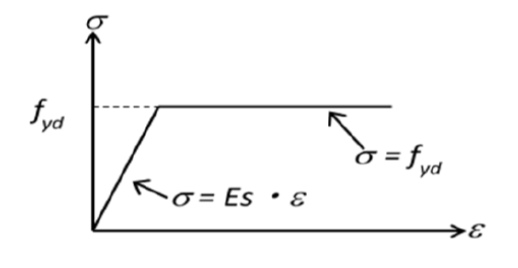


Indian Journal of Science and Technology
DOI: 10.17485/IJST/v14i16.2280
Year: 2021, Volume: 14, Issue: 16, Pages: 1283-1295
Original Article
Abdul Khaliq Karimi1,2*, Ryota Uchida3, Bashir Ahmad Aasim1,2, Jun Tomiyama4, Yuya Suda5
1Ph.D. Scholar, Department of Civil Engineering, University of the Ryukyus, Okinawa, Japan
2Civil Engineering Department, Kandahar University, Kandahar, Afghanistan
3FUJI P.S Corporation, Kyusyu Kotake Factory, Kyusyu, Japan
4Professor, Department of Civil Engineering, University of the Ryukyus, Okinawa, Japan
5Assistant Professor, Department of Civil Engineering, University of the Ryukyus, Okinawa,
Japan
*Corresponding Author
Email: [email protected]
Received Date:22 December 2020, Accepted Date:25 February 2021, Published Date:07 May 2021
Background/Objectives: To professionally meet bridge load demands, hollow PC-girders are recently considered for bridge construction, particularly in Japan. Hollow girders are pretensioned girders, which can be a good alternative for ordinary PC-girders by having lightweight, using less material than other beams, and spanning long distances. Hollow PC-girders can be vulnerable to horizontal end cracking at the time of prestressing strand release. Methods: In this study, a nonlinear finite element analysis was performed to investigate the occurrence of horizontal cracks at the time of prestressing at the ends of hollow PC-girders. First, the selected hollow girder was miniaturized to a span length of 4 m required for sufficiently prestressing; then, a standard static prestressing analysis was performed using a finite element analysis software Midas FEA. This software is an analysis tool with standard FEM analysis functions in the construction field and can perform detailed analysis for reinforcements and concrete crack analysis. The software was used to model the girder and investigate the temporal changes of principal stresses at hollow PC-girders’ ends. Findings: The study showed that placing only end-zone reinforcements cannot reduce principal stresses to the level to be less than the concrete’s tensile strength. However, debonding four PC-strands at the ends of the girder alongside the placement of end-zone reinforcements could sufficiently reduce principal stresses to the level to be less than the tensile strength of concrete, and consequently, horizontal cracks were eliminated at the ends of the hollow PC-girder.
Keywords: Horizontal cracks; pretensioned girders; hollow PCgirders; finite element analysis; Midas FEA
© 2021 Karimi et al.This is an open-access article distributed under the terms of the Creative Commons Attribution License, which permits unrestricted use, distribution, and reproduction in any medium, provided the original author and source are credited. Published By Indian Society for Education and Environment (iSee)
Subscribe now for latest articles and news.